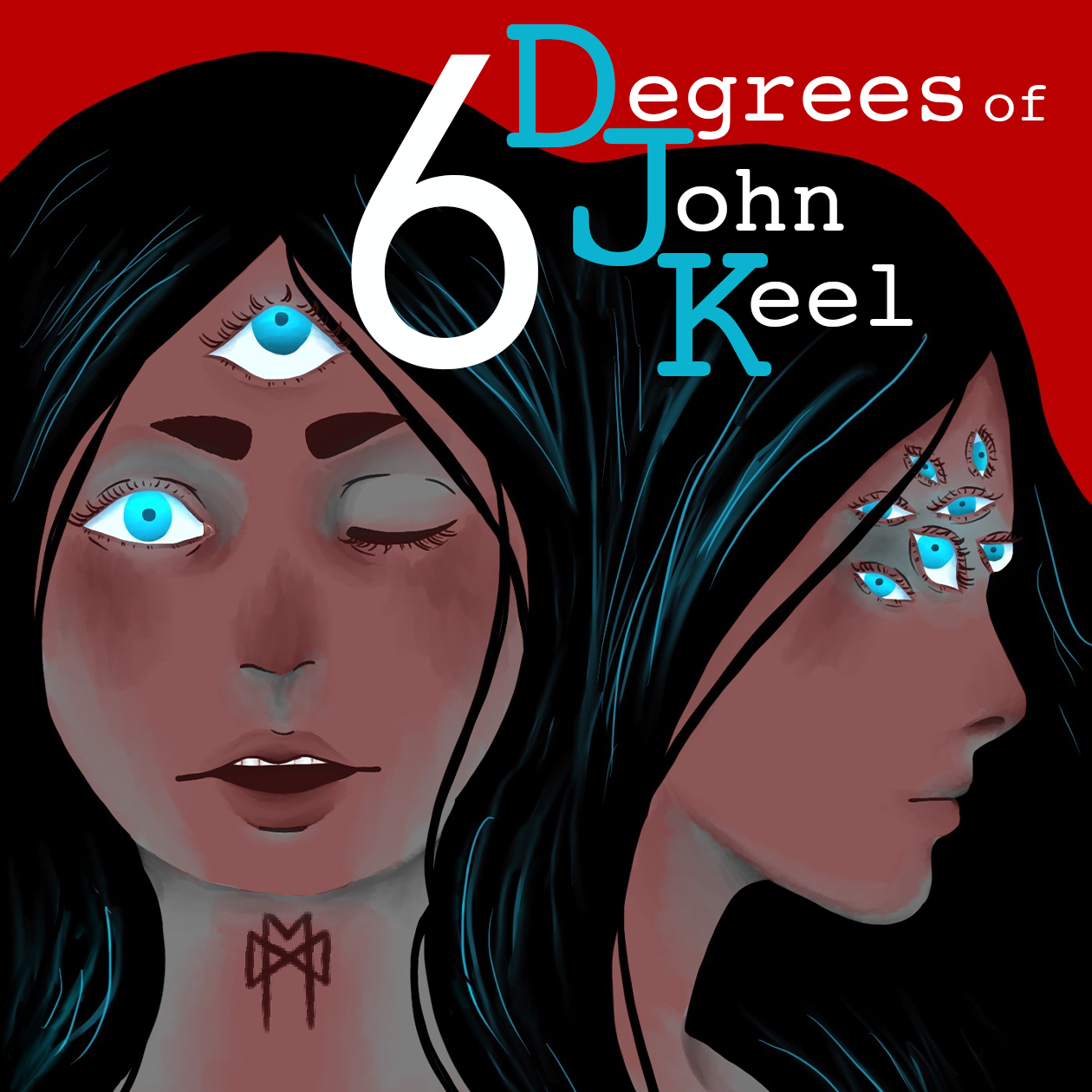Announcing the Humanoid Encounters Project
“The goal is to turn data into information and information into insight. ”
About a year ago, I started reading researcher Albert s. Rosales’ extensive book series (17 volumes) entitled Humanoid Encounters: The Others Among Us.
The books are fascinating collections of encounters with non-human entities in a myriad of both physical and non-physical types, arranged chronologically from 1 AD to 2015. Dates, places, times and witness descriptions are listed for most encounters. A panoply of seen and sometimes touched beings—apparitions, fairies, demons, angels, aliens, hairy hominids, dwarves, giants, merfolk, elementals, spirits and zoomorphic creatures—lurk, slither and cavort through hundreds of pages of descriptive text.
Reading these books is like thrusting your hand deep bag of mixed Halloween candy with your eyes closed—you don’t know what you’re going to grab onto until you pull your hand out and look.
Thrilling as that is, the sheer amount of data presented is overwhelming, and I found myself thinking, “Wouldn’t it be cool if we could put this together into a database and do some heavy analysis on it?”
Because, of course, I had questions.
What does all of this information represent? I mean, other than the fact that humans are apparently apt to see creatures that, while human general shape, do not to appear to actually be human, and that these sightings have been going on throughout history?
I mean, what is the most prevalent sort of being sighted? Where are there more beings sighted during a given year? What are the ages, genders , religious affiliations and education levels of the witnesses? How many are sighted in conjunction with UFO’s? In what settings and contexts are these creatures seen?
I have a very good memory and am quite able to correlate strings of information and data in my head, and piece together trends and connections, BUT—I’m human. What was needed to answer these questions was a computer and a data scientist, which I most assuredly am not.
Enter Dr. Christopher Diltz. A friend who most assuredly -is- a professional data scientist. I asked him if he would be interested in creating a database of these humanoid sightings so we could answer some of these questions and he enthusiastically said yes.
So, I contacted Albert Rosales, in May of this year, and asked for his permission to build such a database using the information presented in his books, which we would then share with him and eventually make public for other researchers to mine. We wanted his permission to undertake this project because he gathered and published the data; it is his, and if he didn’t want us to touch it, we would have left off with the idea. (We would have been disappointed, but the data belongs to Mr. Rosales, and he is the one who decides its dispensation.)
Luckily for us, Mr. Rosales was happy to share not only the data contained in his books, but his entire data set of sightings—over 18, 000 in all, and growing every day—which was exceedingly generous of him. This data set includes information beyond what is contained in his published works, and Dr. Diltz was able to marshal his 10+ years programming experience to create a useable database.
By development of robust software programs that apply machine learning, deep learning and analytics to both spacial and time series data, he has already completed Phase One of our project and achieved preliminary results which have been shared with Mr. Rosales.
Dr Diltz has successfully been able to extract descriptive summary statistics on the years of peak humanoid sightings, countries with the most humanoid sightings and peak times during the day and year of humanoid sightings. He also successfully extracted time series data of the humanoid sightings based on both country and US state. This information shows flaps in humanoid sightings and can be correlated with peak ufo sightings in both the United States and throughout the world.
Together with Dr. Diltz the 6DJK team plans to develop a comprehensive database so that other paranormal investigators can access the data and use it for their own research.
Phase Two of the project has already begun and is ongoing, with Phase Three in its planning stages.
This is a very exciting endeavor and we’ll have Dr. Diltz on episode three of our podcast to talk with Kendra and I about the project, how it is going and what we will be able to do with the information that is extracted from the mountains of raw data.
Fun times ahead—stay tuned!
